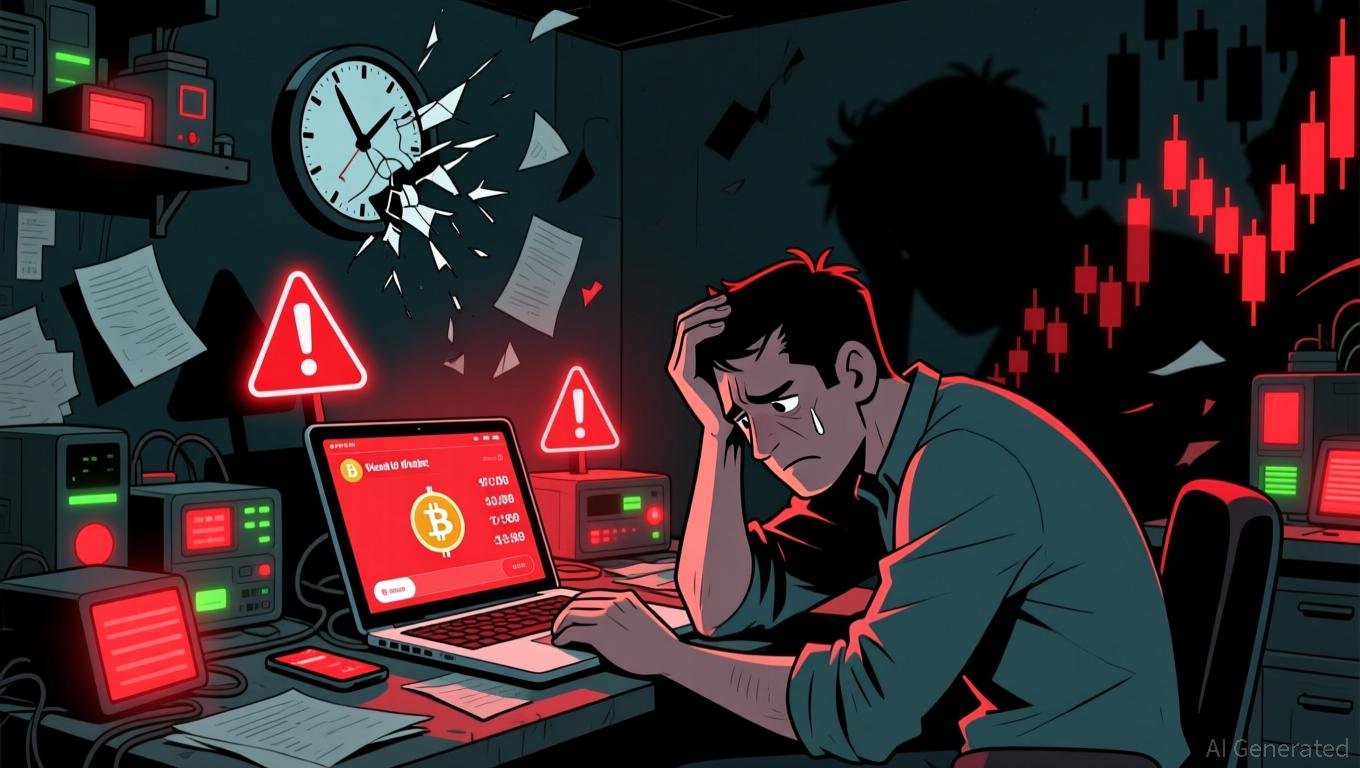Bank of England to limit stablecoin holdings to £20,000
The Bank of England has included a £20,000 limit on individual holdings and a £10 million cap on corporate stablecoin holdings as part of its upcoming framework.
- The Bank of England’s new consultation paper introduces temporary limits on stablecoin holdings, capping individual holdings at £20,000 and businesses at £10 million to minimize financial risks during the transition period.
- Despite Governor Andrew Bailey’s past skepticism, the central bank’s revised stance signals a warmer approach to stablecoins as a legitimate part of the financial system.
On Nov. 10, the central bank published a consultation paper that outlines the proposed regulatory regime for stablecoins pegged to the pound sterling. The revised proposal reveals a softer stance from the bank in regulating stablecoins compared to previous drafts. However, it does maintain a tougher approach compared to the U.S.
For starters, the BoE will be enforcing what it calls a “temporary holding limits” for individual holders. Each individual is only allowed to hold £20,000 or around $26,350 at a time. Meanwhile, businesses would be limited to a £10 million ($13.1 million) cap for stablecoin holdings. Although, exemptions can be made for firms that need to hold larger balances, such as supermarkets and crypto asset trading platforms.
Though, the central bank also informed the public that the limit is only a temporary precaution, meaning it will be removed as soon as the transition period has proven that stablecoins do not pose a risk to the “provision of finance to the real economy.”
Another exception to the rule would be wholesale financial market transactions conducted between the BoE and Financial Conduct Authority’s Digital Securities Sandbox.
In addition, the bank would allow stablecoin issuers to hold up to 60% of its supporting stablecoin assets in the form of short-term U.K government bonds, while the other 40% will be held as unremunerated deposits at the Bank of England. The precaution is meant to establish a robust redemption mechanism and an effort of maintaining public trust.
The arrangement is meant to reinforce financial stability by providing a good back-up plan just in case systemic issuers are unable to monetize their backing assets in the private markets.
The Bank of England would also allow more to be held in interest-earning debt as it could be seen as a positive sign in convincing the public that issuers hold enough liquidity to meet rapid withdrawal demands.
The document also clarified that the BoE would not cover stablecoins meant for non-systemic purposes, which include buying and selling cryptocurrency. Instead, stablecoins meant for crypto trading would be supervised by the Financial Conduct Authority.
According to the press release , the Bank of England and the FCA plan to release a joint document detailing stablecoin regulations by 2026. In the meantime, it will start accepting feedback from the public until February 2026. After that deadline, the central bank will start reviewing the feedback and proceed to consult on and finalize the regulatory framework later that year.
How does the Bank of England governor feel about stablecoins?
Initially, Bank of England governor Andrew Bailey had advised banks to steer clear of stablecoins. Back in July 2025, Bailey believed that stablecoins could pose a systemic risk to financial stability. He also posits that the tokens could threaten the “very nature of money” if they are not properly regulated.
“Stablecoins are proposed to have the characteristics of money. That money is a medium of exchange. Therefore, they really do have to have the characteristics of money, and they have to maintain their nominal value,” said Bailey at the time.
“We are going to have to look at it very closely through that lens. It’s both a financial stability issue and a money issue in that sense,” he continued.
A long-time crypto skeptic, Bailey warned that stablecoins could bring down government control over national currencies and introduce unregulated ties between crypto and the traditional financial system.
Despite Bailey’s clear disdain for stablecoins, it appear that the central bank has softened its stance.
Deputy Governor for Financial Stability, Sarah Breeden stated in the stablecoin proposal is meant to “support innovation and build trust in this emerging form of money.” Moreover, she sees the future of the financial system as one where “stablecoins play a meaningful role in payments, giving the industry the clarity it needs to plan with confidence.”
Disclaimer: The content of this article solely reflects the author's opinion and does not represent the platform in any capacity. This article is not intended to serve as a reference for making investment decisions.
You may also like
Solana News Update: Major Institutions Invest Billions While Solana Boosts Its Scarcity Approach
- Solana developers propose reducing future SOL emissions by 22M tokens to accelerate disinflation, targeting 1.5% terminal inflation twice as fast. - Institutional adoption grows via staking-enabled ETFs like VanEck's and Bitwise's BSOL , creating dual-income streams through exposure and yield. - Despite $424M in BSOL assets, Solana's price fell below $140 support, with derivatives data signaling short-term selling pressure and crowded long positions. - Coinbase's Vector acquisition enhances Solana's inst

Bitcoin Latest Updates: Macroeconomic Factors and Earnings Challenges Drive 44% DeFi Downturn
- Market analysts predict a 44% correction in DeFi and crypto sectors due to macroeconomic risks, Fed policy uncertainty, and weak corporate earnings. - HIVE Digital faces scrutiny over Bitcoin holdings reduction and shareholder dilution, while Hyster-Yale reports Q3 losses amid industry margin pressures. - Data center infrastructure emerges as a growth outlier with $11.1B backlog and $320B 2030 market projection, though labor shortages and permitting delays persist. - Goldman Sachs adjusts energy sector o

Ethereum Updates Today: Institutional Confidence Faces Challenges Amid Ethereum's Price Fluctuations and Upcoming Upgrades
- Galaxy Digital's 7,098 ETH withdrawal from Binance raises concerns over Ethereum's institutional activity and market stability amid macroeconomic pressures. - ETH faces $993M long liquidation risk below $2,600 and $1.07B short liquidation risk above $2,900, highlighting leveraged position fragility. - Institutional staking inflows remain steady despite declining ETH futures open interest (-7% weekly) and reduced ETF net inflows ($10M vs. $65M in October). - Upcoming Dencun upgrade (EIP-4844) aims to redu

Ethereum Updates: Consumer Graphics Cards Drive Cost-Effective and Decentralized Ethereum Scaling
- zkSync's Airbender prover achieved L1 block proofs using two RTX 5090 GPUs, praised by Vitalik Buterin as a "huge milestone" for Ethereum's scalability. - The breakthrough enables "gigagas L1" expansion, potentially reducing fees and enabling near-zero L2 costs through consumer-grade hardware accessibility. - Succinct's SP1 Hypercube demonstrated 99.7% real-time L1 proving under 12 seconds with 16 RTX 5090s, advancing ZK tech alongside zkSync's progress. - Buterin cautioned against over-optimism, noting

